In Chapter 1 of Haworthia Update Vol. 2, I discussed H. chloracantha and H. parksiana in the context of H. floribunda. Fig. 8 in that publication is labelled “North of Herbertsdale” when in fact it is MBB7425 from the Wolwedans Dam north of Great Brak (see fig.1). This was deliberate and not seriously misleading as the plants from the two respective populations are virtually identical. The correct images for that “north of Herbertsdale” are in Haworthia Revisited and labelled JDV87/80 and 97/138.
Recently I had an opportunity to visit Herbertsdale in connection with chameleons and took the opportunity to visit a locality also north of Herbertsdale, but a lot closer (see Figs 2.1-2.11. MBB 7825) reported to me by Mr Jaap Viljoen of Swellendam.
The plants there are smaller and much less clump-forming than JDV87/80=97/138 and are more reminiscent of H. parksiana. Unlike JDV97/136 (see figs. 3) that are solitary, small, dark-green plants growing in the lichen on a steep east-facing conglomerate slope, the plants are quite green in colour and often the tips of the leaves are slightly rounded and flattened as in H. floribunda. The habitat is west-facing on an old gravel river terrace and much drier and warmer than for JDV97/136, in sharp contrast to the very steep north-facing clay cliff where KDV87/80=97/138 occurs. In neither of these latter two sites are other plants significant, while at MBB7825 the plants are under renos terbush (Elytropappus) and related vegetation. I should mention that my wife on seeing the plants commented on the similarity to H. parksiana and this is not an observation that can simply be dismissed.
About 3km south of Herbertsdale (see fig. 4, MBB7827) we again found very similar plants, perhaps a little more spinose and slightly more clump forming. Neither of these two new populations fit comfortably in the existing formal varieties, as indeed is true for so many populations in most of the other species. I do not think it is rational to attempt formalizing names for them as there is quite substantial variation in each population. Others may do so if these plants ever get into general cultivation from vegetative propagation and onto lists.
From Herbertsdale we went to Klein Brak to investigate a set of four populations on the farm Rooiheuwel as indicated to me by Gerhard Marx. One of the species supposedly there was H. pygmaea and it was rather distressing to find that the Water Affairs Department has seen fit to run a bulldozer over the area with no indication that there was any need for doing so. However, we did find the other three species indicated by Gerhard. One is H. kingiana (see figs. 5.1-5.4 MBB7835).
The others were H. parksiana (see figs 6 MBB7828)
and H. chloracantha (see Figs 7 MBB7829), but this requires a little bending of the truth.
This H. parksiana site is about 400m southeast of an old locality of mine on an outcrop of rock virtually jutting into the road and now largely obliterated. At Gerhard’s site (viz MBB7828) the plants are small and while there is little doubt that they are generally alike to H. parksiana, there is definitely some degree of hybridization and some of the plants may actually be H. chloracantha. This is a rather difficult decision to make on the basis of stressed plants in habitat. This habitat is very restricted to a patch of fairly level aggregated conglomerate so that the plants are virtually in tiny shallow soil and lichen encrusted patches. A little distance further north there is another population to which we assign the name H. chloracantha. This is above a steep loose conglomerate cliff with a little more soil and immediate bush. The plants have rather abbreviated leaves and a darkish colour. There must be some doubt that they are discretely H. chloracantha. The habitat is not so restricted and one is compelled to ask why the plants then so are.
I try to avoid the unanswerable question of how these two species that flower together and seem to be able to hybridize quite freely, maintain their identity and come to occupy such specific, localized and widely separated sites? It would be nice to think that the technology is now seemingly available in DNA sequencing to begin probing these questions, and I will point, with reference to chameleons (see next chapter), to what I think is a disturbing reliance on that technology without the necessary knowledge and experience of what actually can be seen in the field.
Volume 5 Acknowledgements.
In some cases acknowledgement has already been made in respect of some of the populations discussed in these chapters. New acknowledgements are Mr Artho Saayman of Platkop, Mr and Mrs.Wilhelm Zietsman of Kruis Rivier, Mr and Mrs. CoetzeeUys of Morning Star, Messrs Chris and Pieter van Deventer of Kransriviermond, Johan Groenewald of Buffeljags, Clive and Duprecia Stramrood of Kadies Landing, the Uys brothers of Sandfontein and Meerlus, the Steenkamps of Appelbos, Annatjie and Jaap Viljoen of Swellendam, Hector Odendaal of Dankbaar, Ryno Stander of KomseRandte, Tineke Kraaij and Carli Venter of Bontebok National Park, Anne Lise Vlok and Rhet Hisemann of W Cape Nature Conservation Board, Stiaan Conradie of Lower Breede Conservancy. Others such as to Mr and Mrs Anna and Arno Steenkamp of Anna’s Farm (Oudekraalkop) for their generosity and hospitality, Mr and Mrs Hennie van Deventer of Koppies, Mr Dirk Papendorp of Voorstekop and Uitvlugt, Mr Uys Willemse of Goedverwagting, need repeating. We are most grateful to Dr Paul Taylor for an albeit failed excursion to the west bank of the Duiwenhoks River and similarly to Nico DeJager of Victoriasdale for an interesting but fruitless search of the Wankoe Randte and a little more success on Klipheuwel, Mr H. Eksteen of Grootkloof and Mr M. Dippenaar of Diptka for so kindly allowing us access to their properties. There many other landowners and people we contacted with less significance in respect of places actually visited or in terms of plants found but no less in respect of the universal kindness and helpfulness of landowners.
There are many other peripheral and significant contributions from people (not necessarily agreeing with what I say nor how) such as Prof. Richard Cowling, Dr Syd Rhamdani, Diederik van den Abbeele and even people who have no connection to Haworthia but who share the same passion for nature and for plants … Mrs. Hettie Conradie of Worcester who makes us feel as though it is we who own her home and Mrs. Anso LeRoux who may both be housewives, but biologists by nature. Gordon Rowley has demonstrated the value of humour in a field where there seems naught else to do but tear hair out. Etwin Aslander in his quiet and effective way has been a great friend.
Then there is Gerhard Marx, whose dogged refusal to blindly accept anything at face value, has been most helpful in so many respects. Kobus Venter has always been a great friend and mentor in relation to the ways of the world and I am extraordinarily grateful for his unwavering support and kinship. He and Mirna, in graciously allowing us the use of their holiday home at Stilbaai facilitated this work. Steven Hammer has been another remarkable personage in my life and I am most grateful for him being the sensitive, perceptive, empathic and remarkable man he is.
Lastly where I have used the term “we” I have included my wife, Daphne. This is actually with great reluctance because anything to do with taxonomy and nomenclature brings with it a cloud of derogation and negativity – what to say of the negative attitudes that surround the word “collection”. It seems that in past civilizations there was great respect for nature and many of the rites and rituals were an appeasement to nature for the benefits she bestowed in terms of what she provided in the way of food, clothes and shelter – the basic needs of man. Daphne has provided me with the trust and support of a true companion and I regard her very dearly. There is no need for her to remind me that few other housewives would traipse so blithely and happily through the wilderness with someone who does not seem to know where he is going or what he is doing next.
I feel a need to explain again that I became a taxonomist by default where there are also systematists and nomenclaturalists and I would not wish to be any of these. We as individuals are all inclined to make bold and general statements based only on what we know and ignore the very much greater body that we do not know at all. I would say that it is depressingly sad that information is processed and distributed as knowledge often from a very limited experience and limited data base. After 45 years of this I actually am painfully aware that there is still a lot that I do not know about. I make no apologies for a revision that is precisely the sort of product that comes from constant testing of a hypothesis. I take it very remiss of a publisher that did not honour the integral part of a contract to further research and validate the work. I am extremely grateful to Harry Mays for publishing a vast series of articles that were originally intended for a home based publication but mindlessly lost in a mire of conflicting interests.
While Alsterworthia so kindly published the Update Volumes 2, 3 and 4, I continually feel that this is not the environment I am comfortable in. Bill Keen was one of the first to publish anything of mine and is the epitome of server to a group. My wish is to see and serve a user group such as the Haworthia Society and see it go from strength to strength.

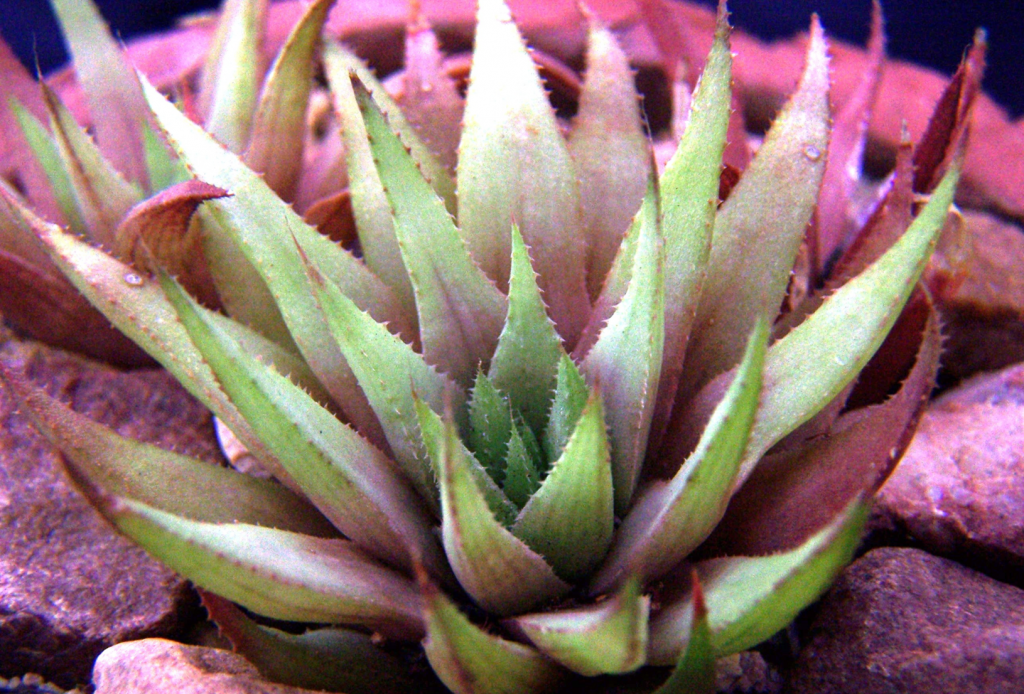

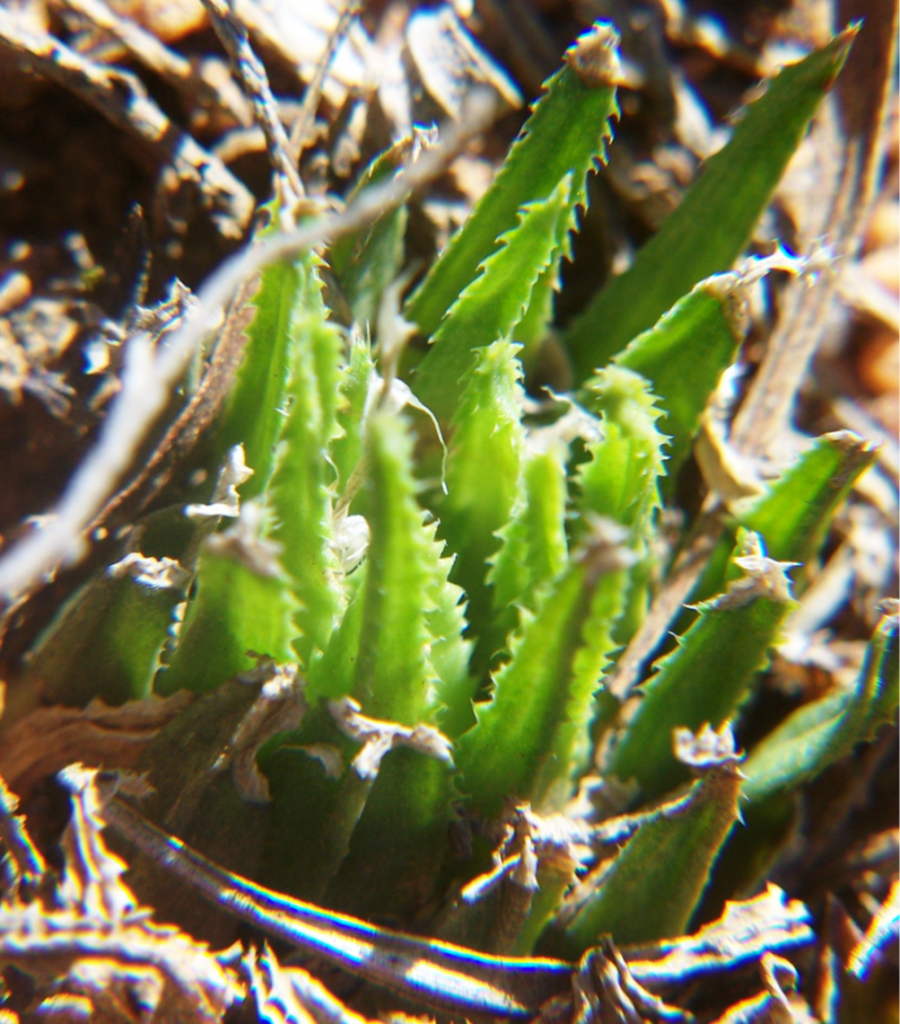



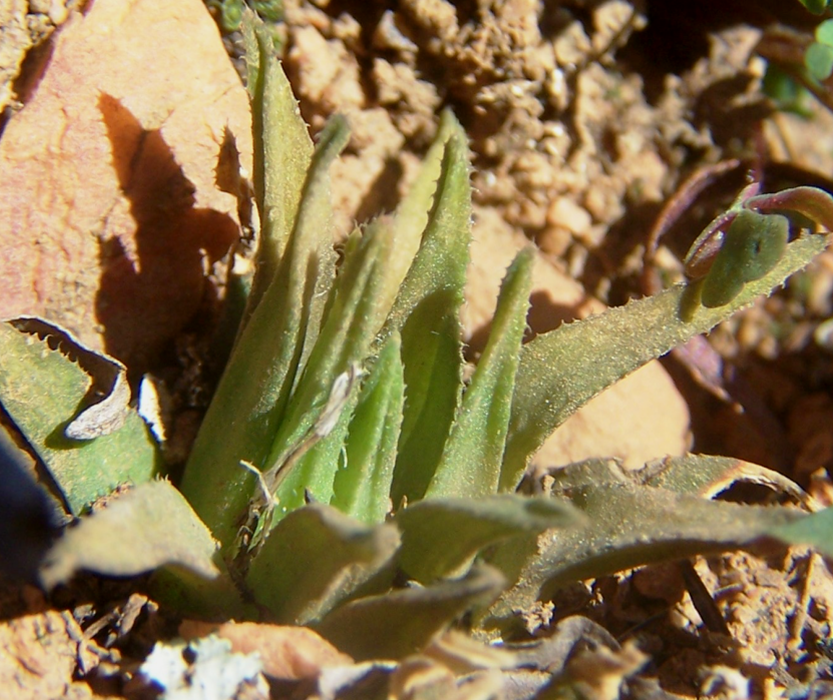
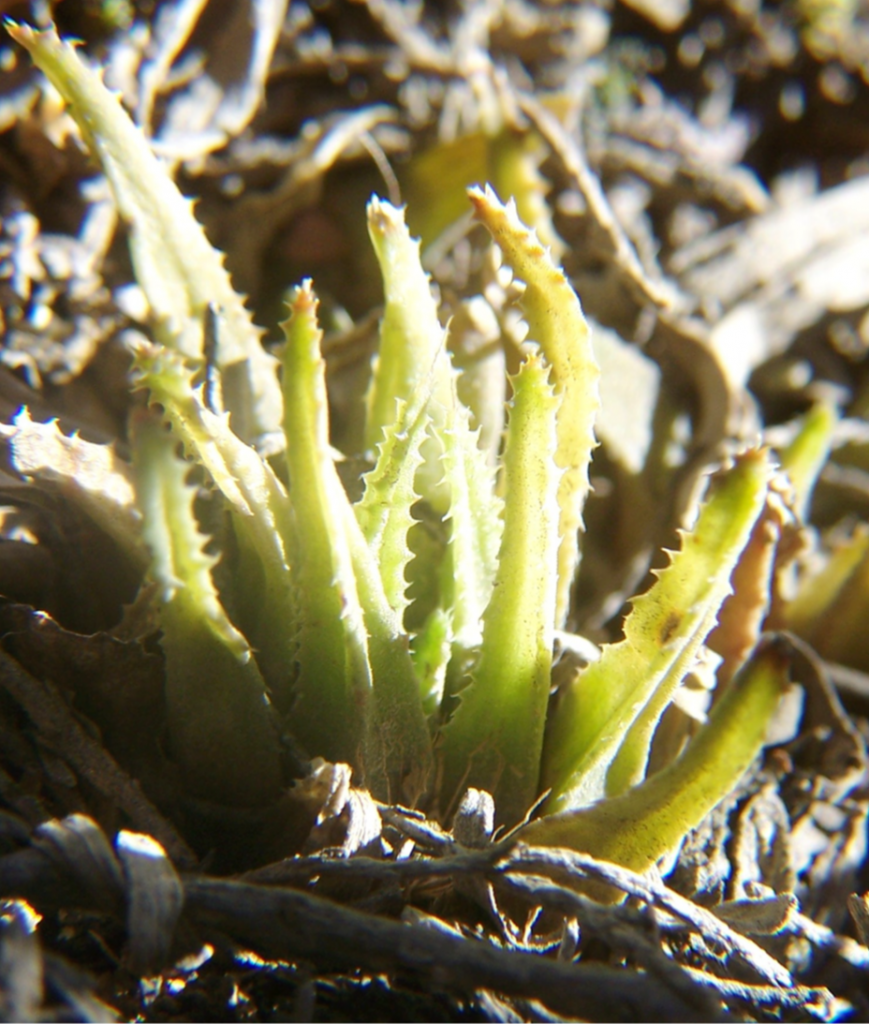
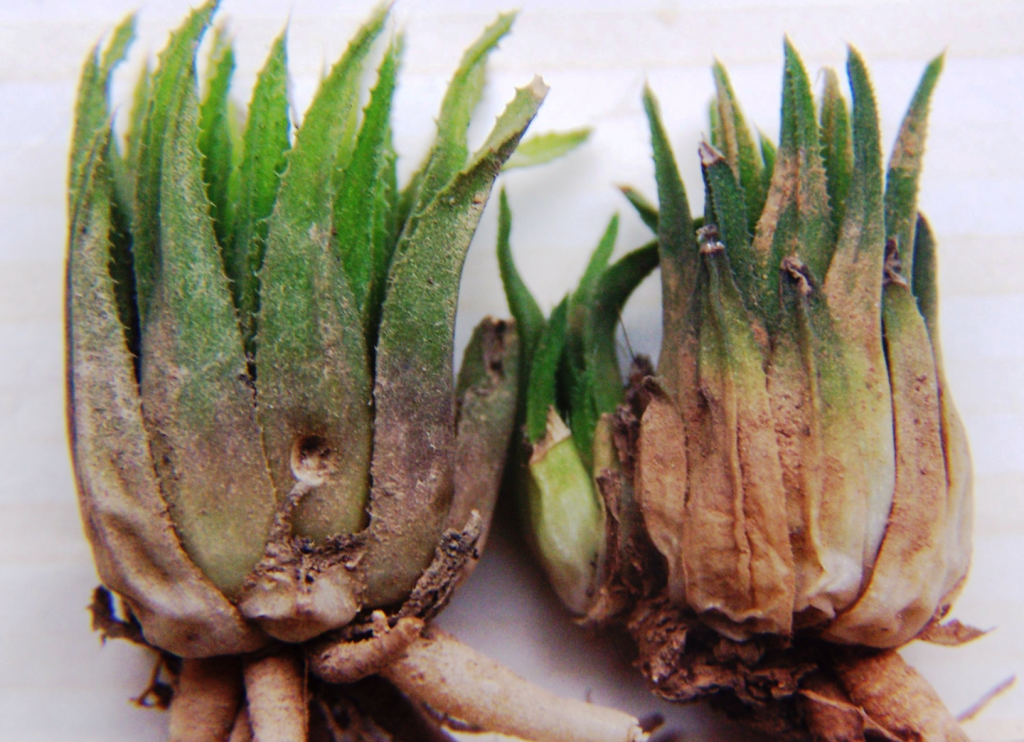
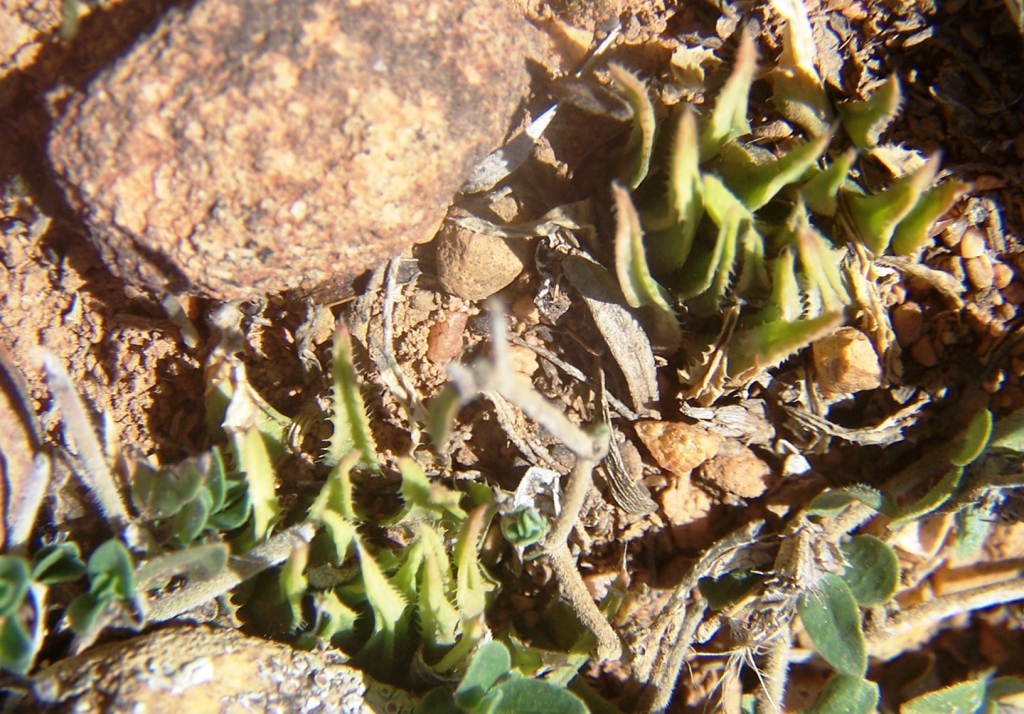
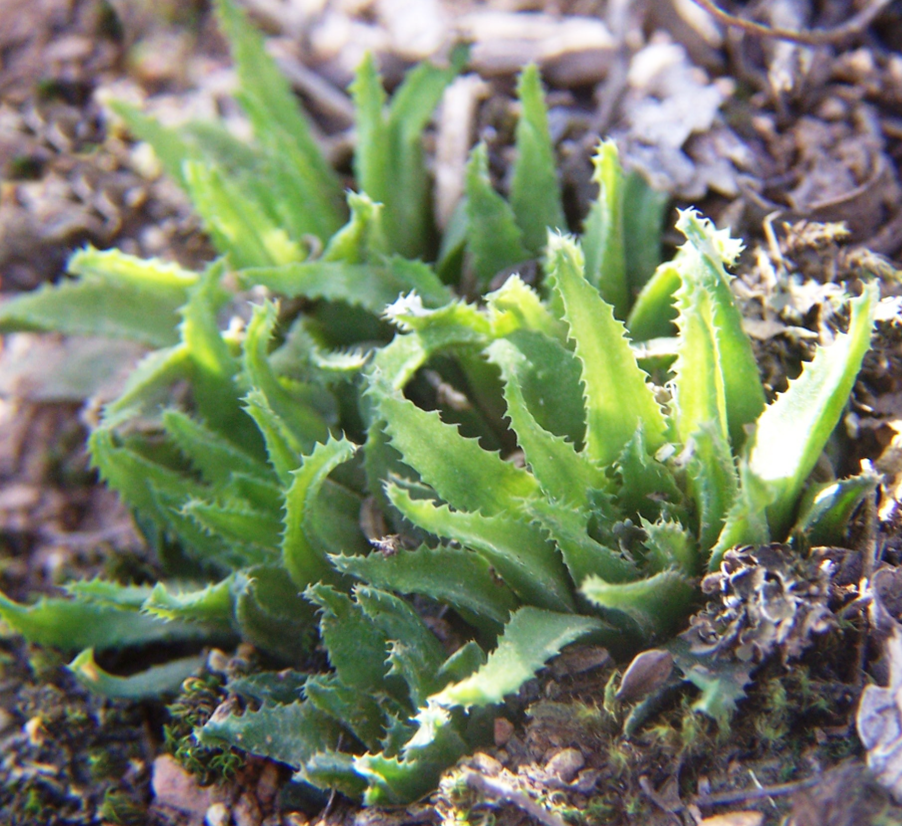
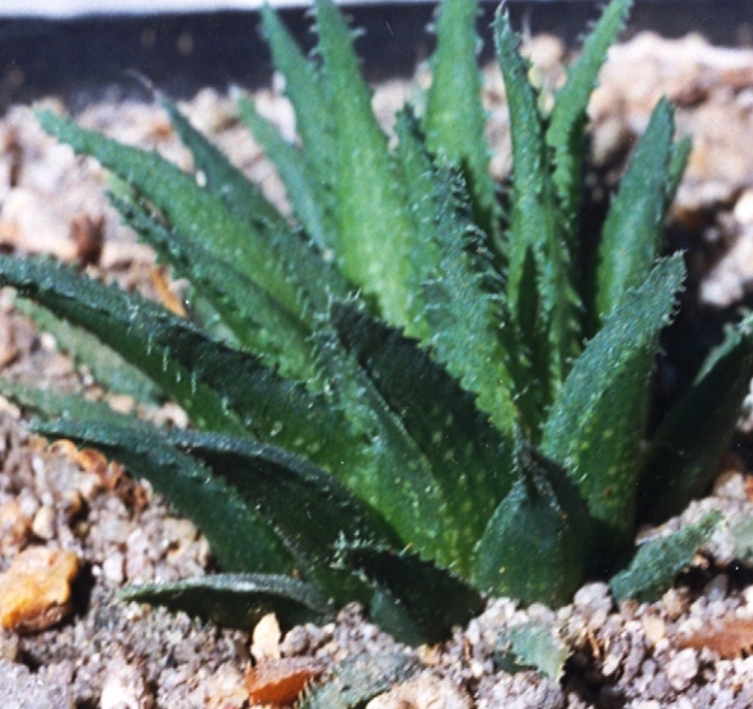

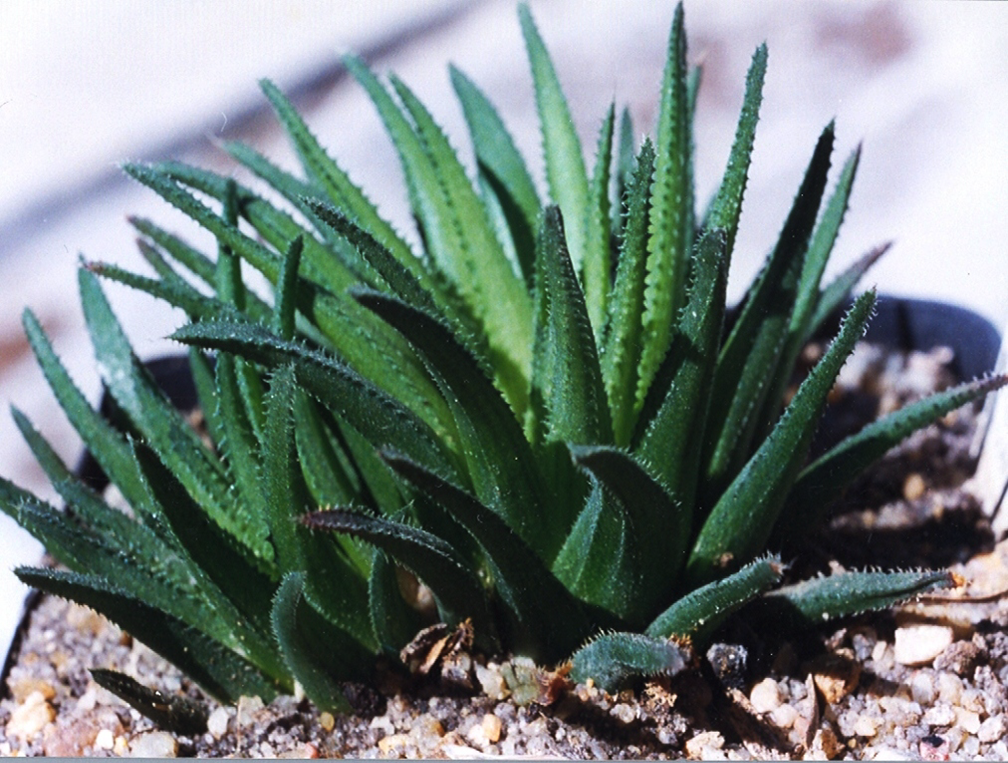
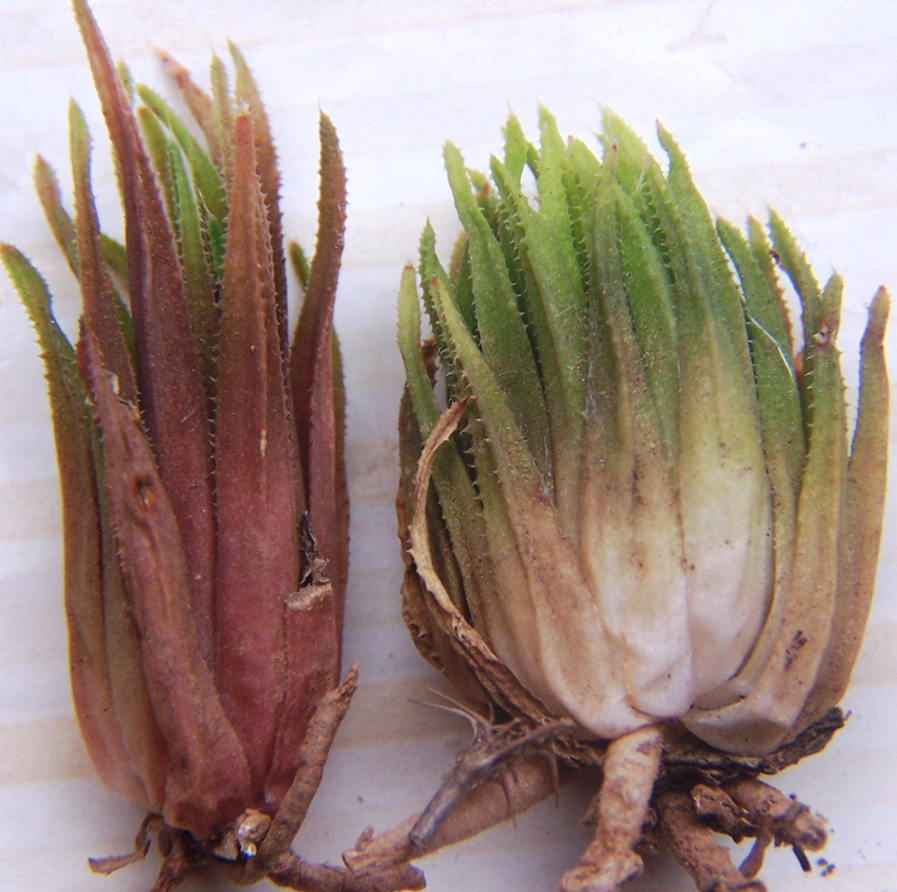
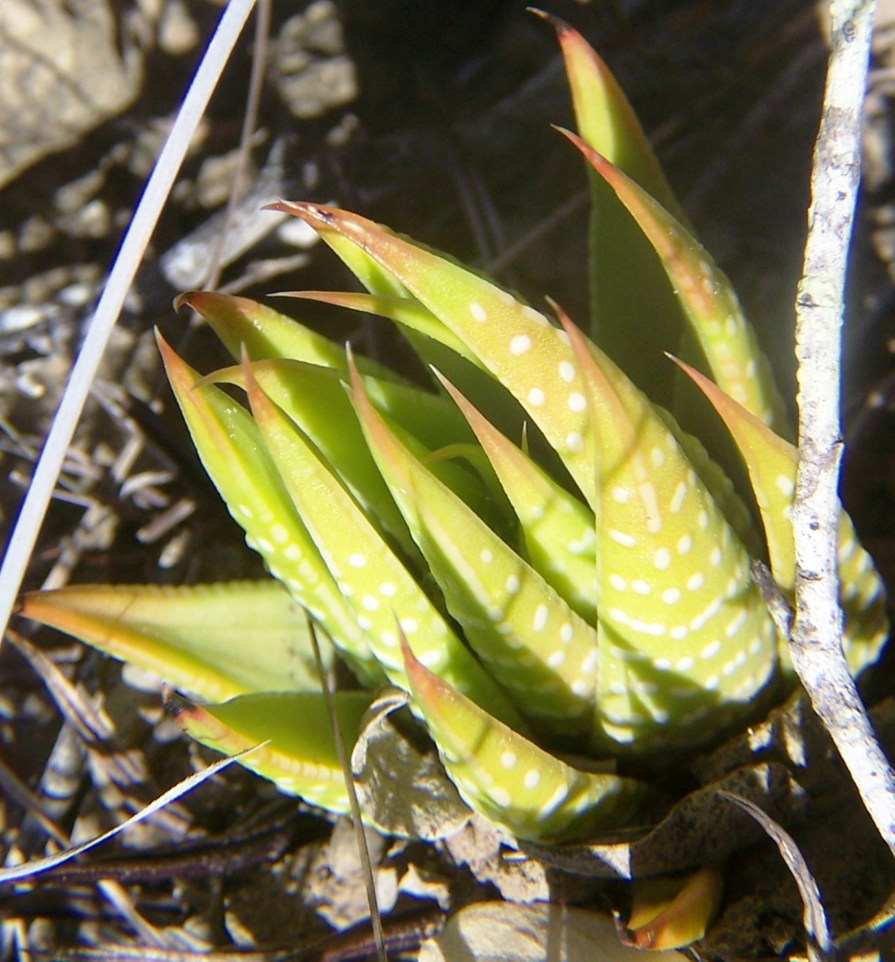

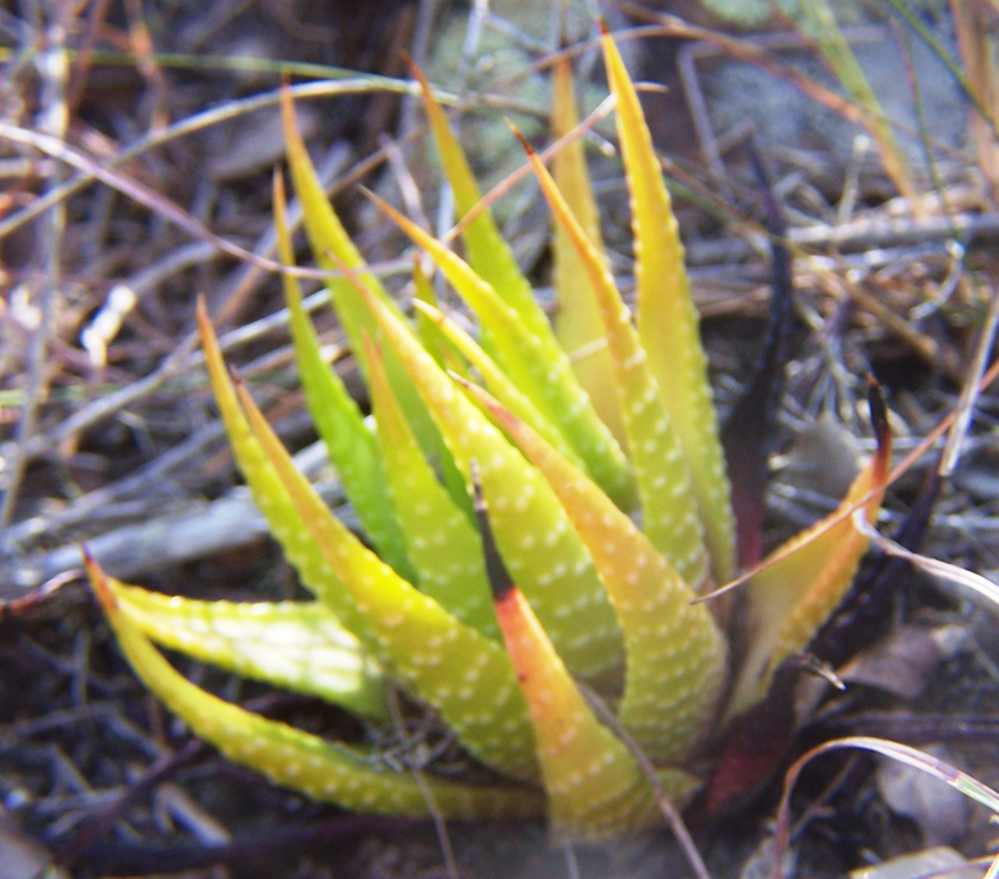
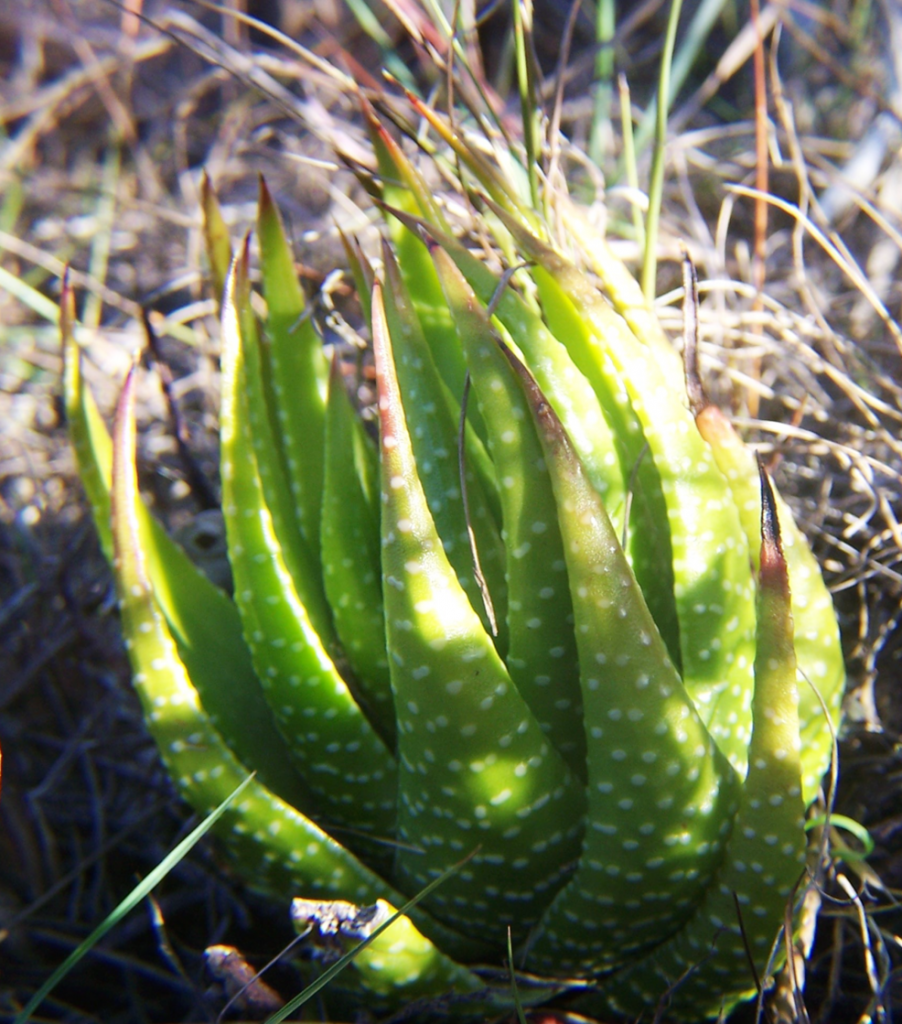
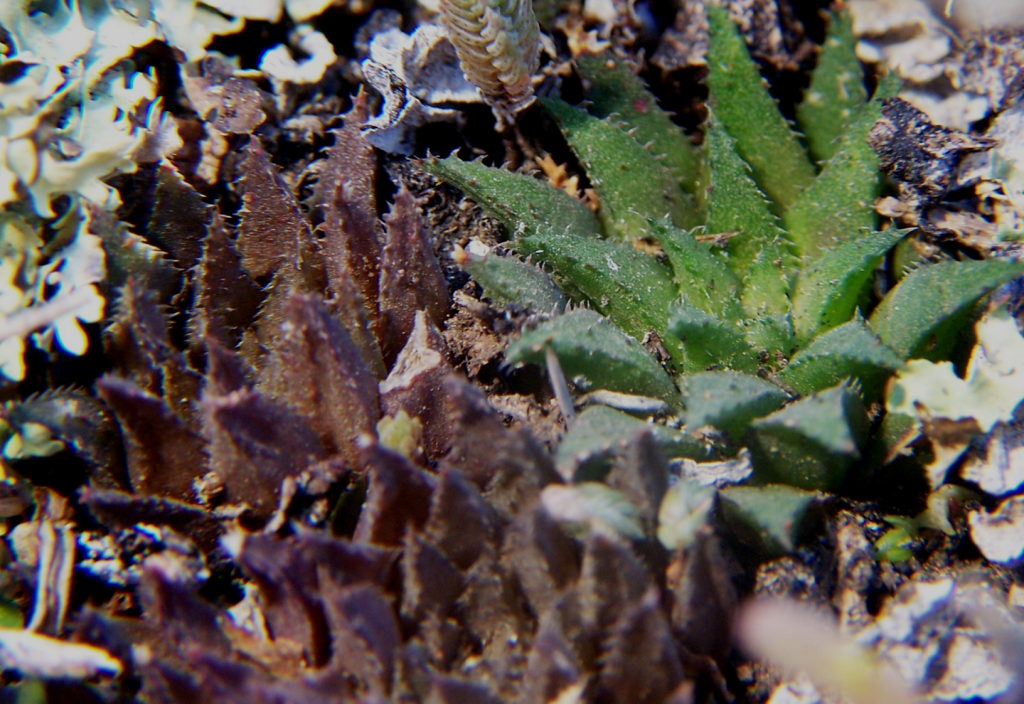
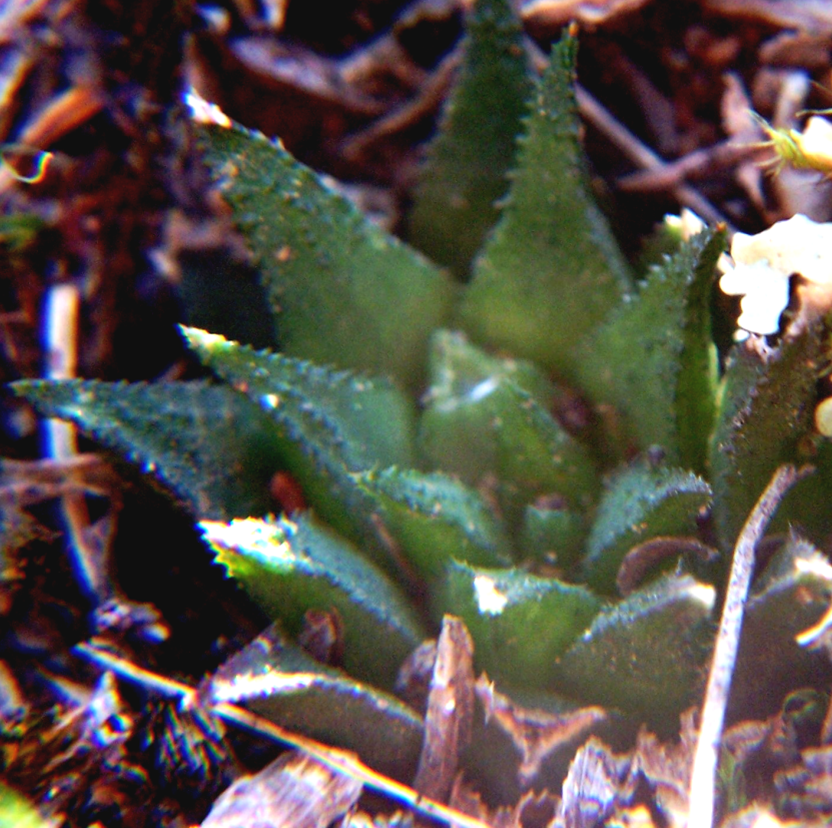
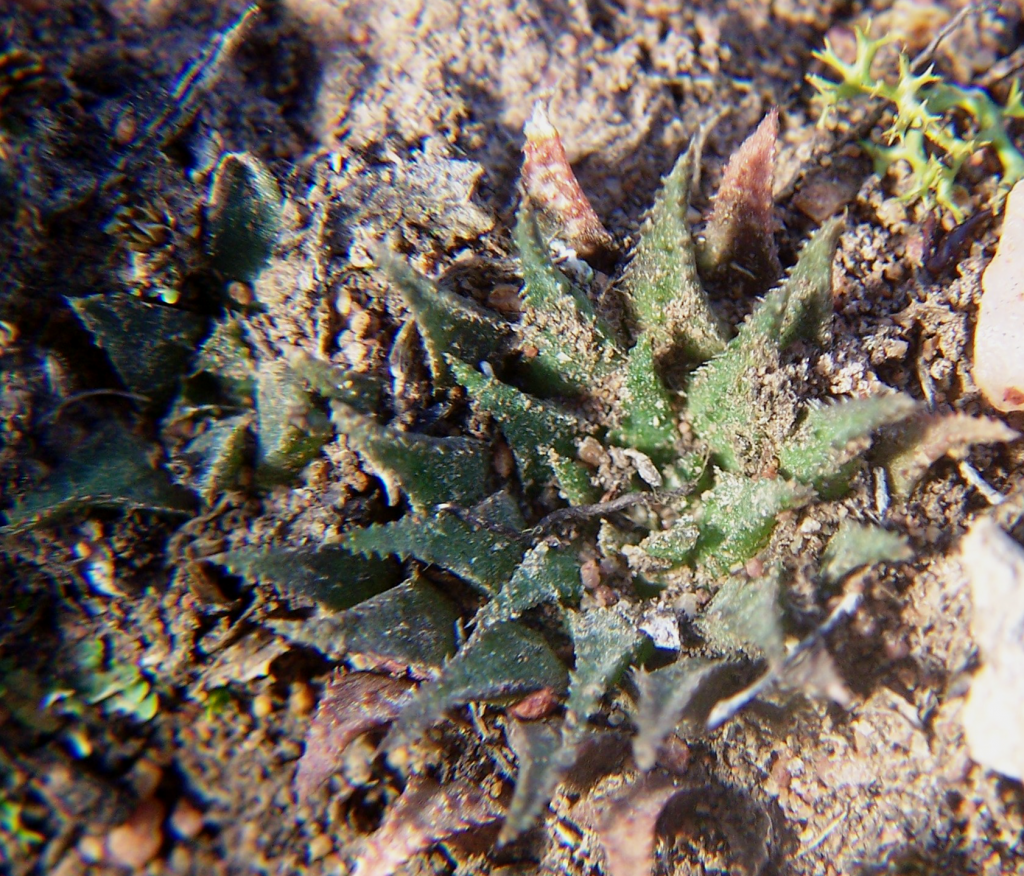
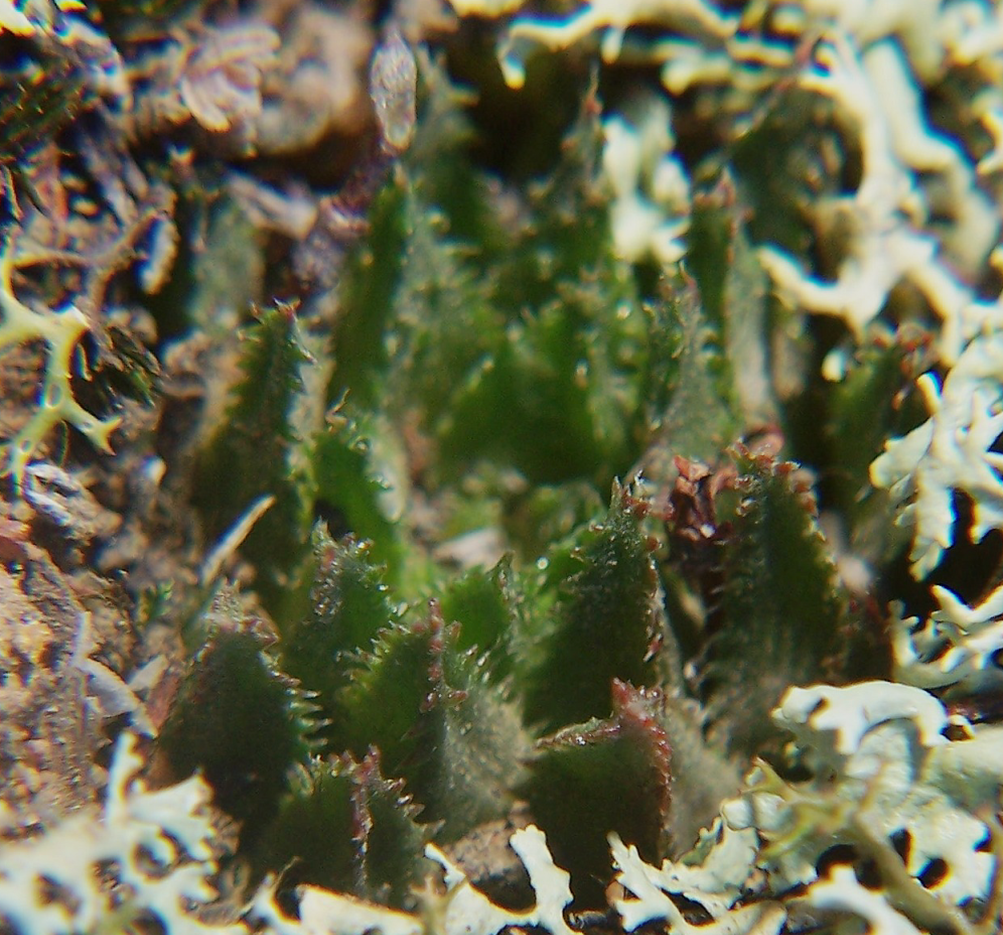


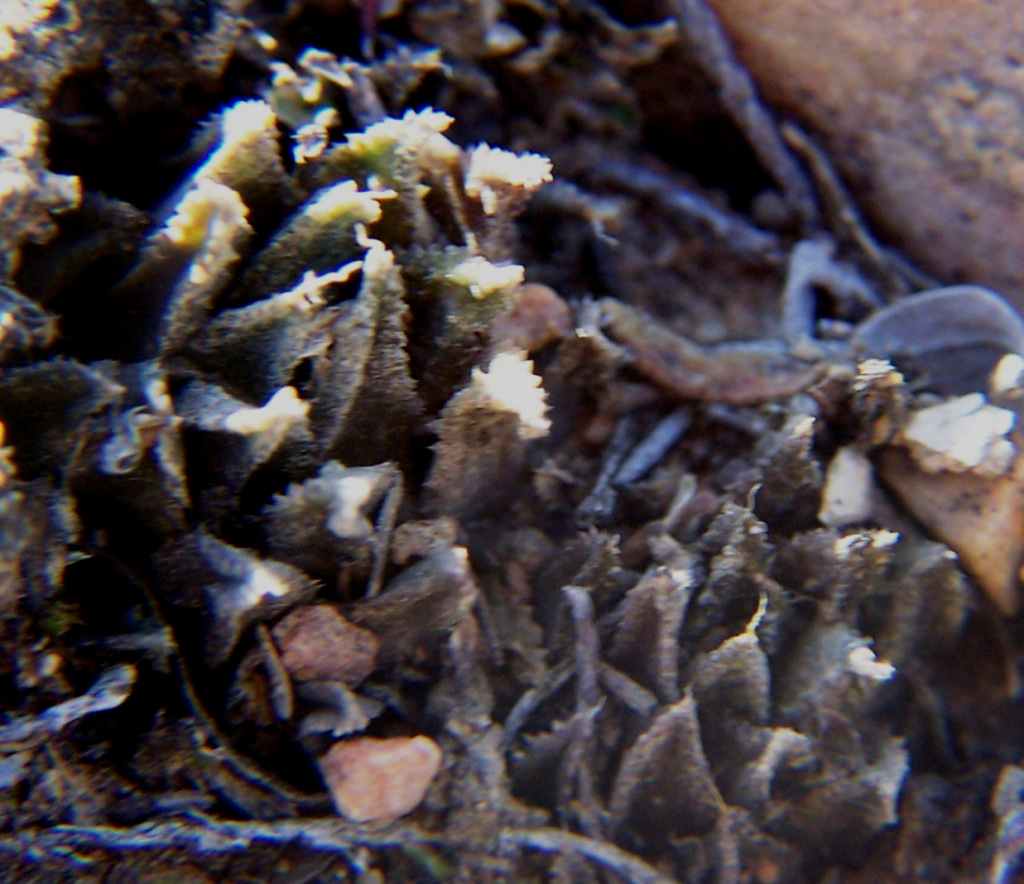
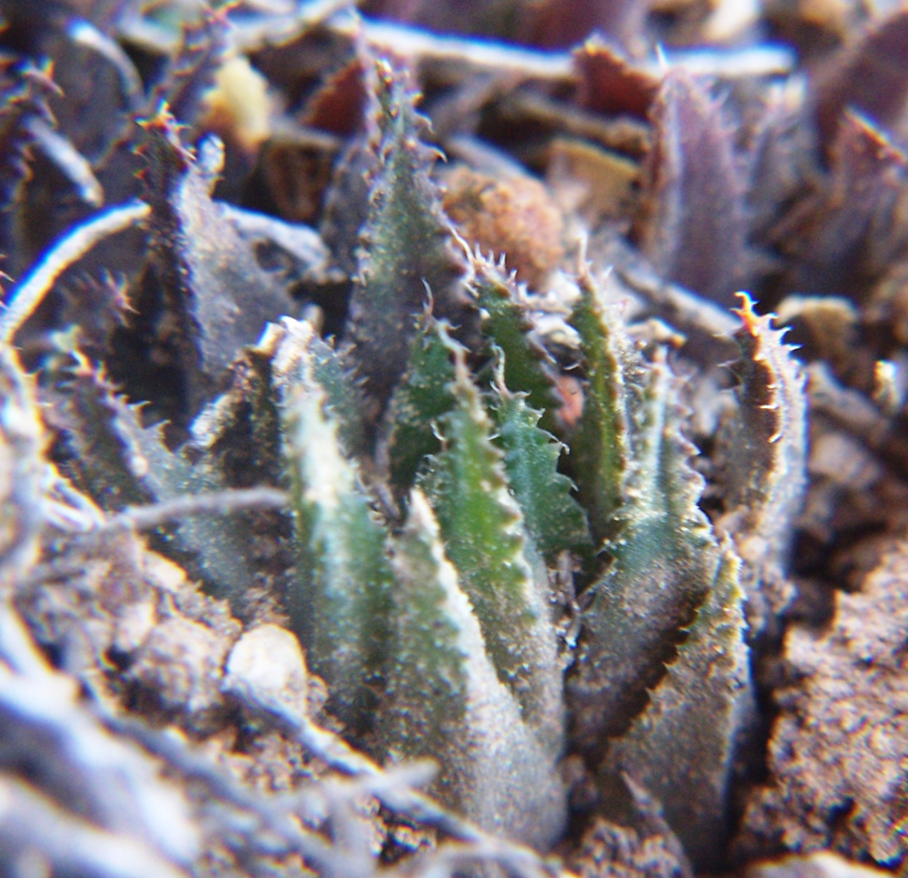
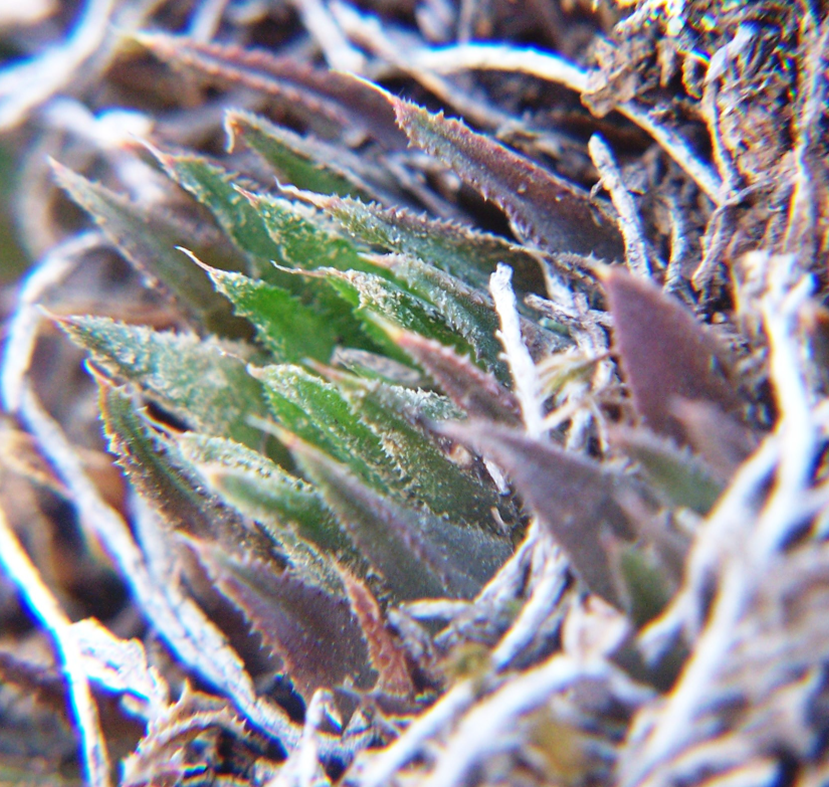
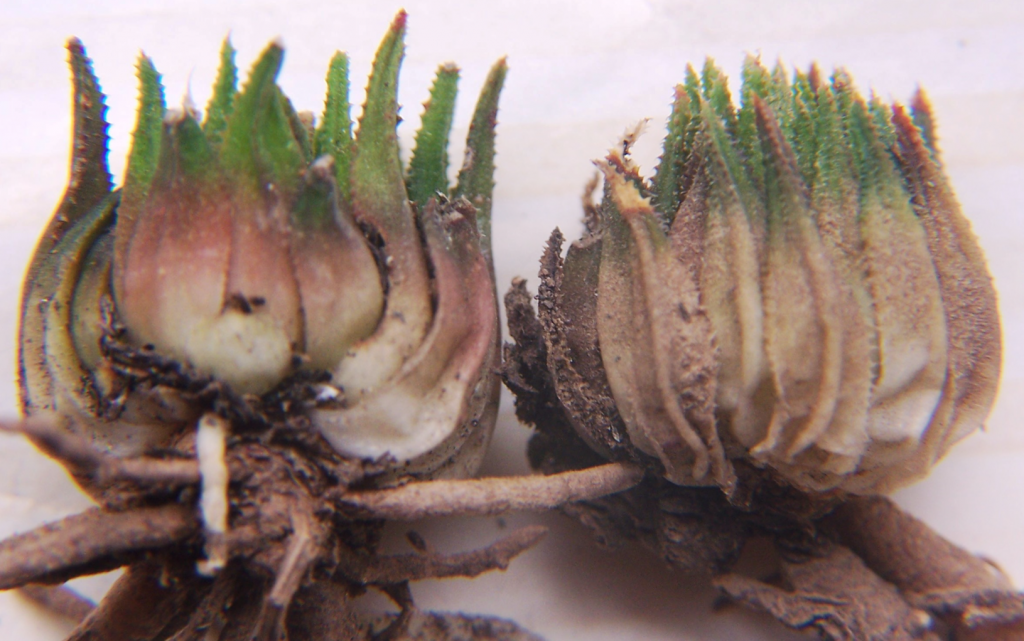
Great article since I have both H. parksiana and H. chloracantha. Nice to see the different pictures displayed also with side views. Too bad about the people who like to bulldoze the ground for unknown reasons.